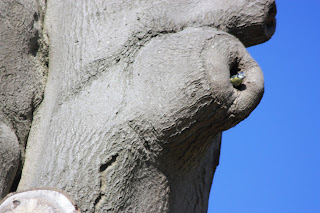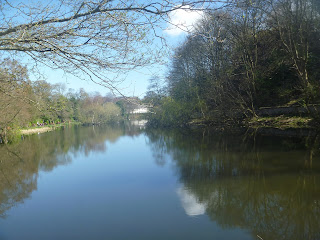As many readers of this blog will know, I spent two years teaching in Malawi (many years ago now!). I still have a particular interest in what's happening in that country so I was very pleased to find out about these two projects which are enabling people in various parts of the country find a more sustainable source of energy than wood (wood harvesting is leading to huge amounts of deforestation in Malawi).
The first project has been founded by Grace Manguti, a rice farmer in the north of the country who wants to use waste rice husks as a source of energy. She is setting up a small business to make briquettes from the rice husks in a project that will be managed by women and will offer training and job opportunities for other women in the area. You can read more about this project (and donate towards the costs of completing the preparatory work) here. The work is supported by JTS a Scottish based fair trade organisation and Kilombero Rice, the Malawian brand of rice (which is generally the only brand of rice I buy).
The second project involves a biogas digestor installed at Mulanje prison, which enables the prison to convert the inmates waste into gas to use for cooking and organic fertiliser for use in the prison farm. You can read more about this project on the BBC Futures website, here.
Both these projects mean that people are able to find alternative sources of energy and help to conserve the small amount of woodland that remains in Malawi.

















































